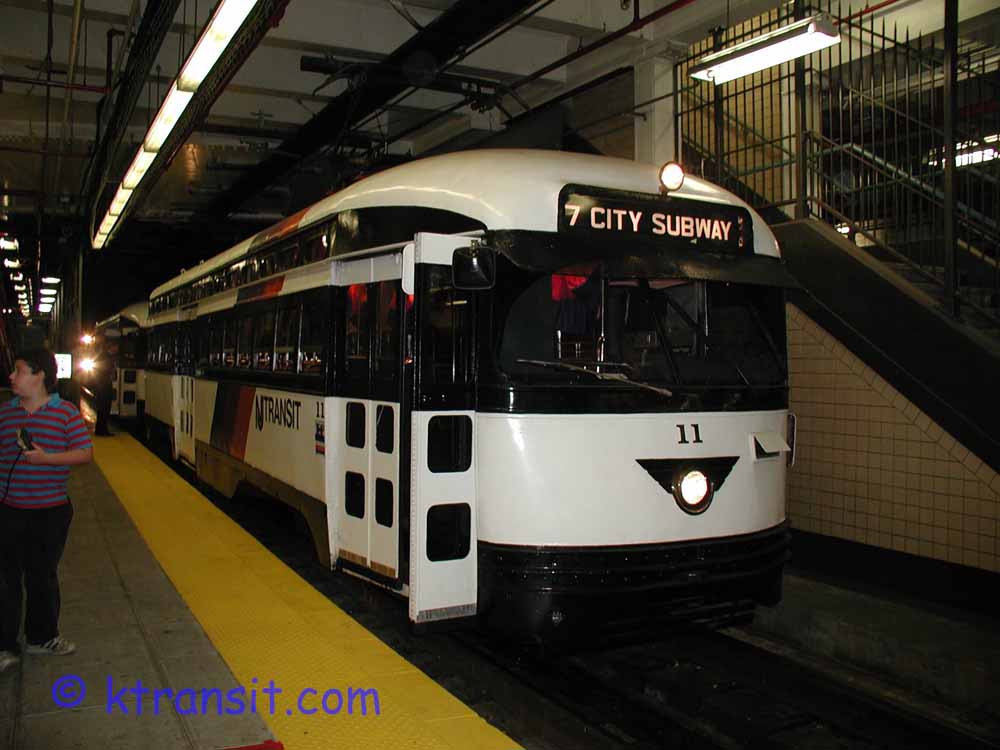Also, has anyone compared the pros and cons of moving to the NJ Transit system?
I'm from NJ and have no idea what you're talking about by trying to use it as a positive example.
Basically, they went from MBTA circa 1998 (paper tickets, paper transfers, cash) to letting you do everything on your phone.
You can buy a monthly pass, a weekly pass, or a single ride on your phone.
If prompted, you show it to the staff (PoP). On buses, you still board from the front (stupid management), but light rail, commuter rail, and subway is all door boarding.
First: The app is not very good, although it's improved a little recently. Most of the ridership is still using the physical tickets.
Light rail - Well, the River Line isn't supported in the app that I've ever seen. HBLR and NLR are and do operate with 100% PoP.
Buses - There's quite a few people paying cash on board or using paper tickets on most buses, which is why the front door boarding is required. Also, half the buses are longer distance routes which only have a front door.
Commuter rail - Well, not at the low-level platform stations where only half the doors have the stairs. Also, pretty much every commuter rail system works that way. On NJT conductors check/punch tickets on board (or take cash w/surcharge for people who don't have a ticket).
Subway - NJT doesn't operate a subway.
And there's zero app/fare/whatever integration with the 4+ other systems in the area (MNRR, LIRR, MTA, PATH, ferries), which is even
worse than how the MBTA Commuter Rail + Bus/Subway are poorly integrated at present.
At one key station (Secaucus), old fare machines were retrofitted to read the phone screen. This is done because the trains at that point are too crowded to do PoP checks.
And they're awful whether it's with a ticket or with a phone, because it's a finicky QR code reader and not anything good. It's fortunate the station has an huge number of fare gates for the passenger volume actually going through the barriers. (Most passengers are transferring and not exiting the station)
Zero expenditure on new FVMs
Well...it was only 5 years ago they finished adding FVMs to outfit every single CR station on the system with them so they could slap a surcharge on paying cash on board/cut down on cash payments.
NJT's paid to have them even at their Silver Hill/Hastings/Plimptonville/Prides Crossing level stations. Is that far enough in the past to "not count"?
Also, NJT's contract for the FVMs and their upkeep isn't exactly cheap either. Signed in 2006, $188m for 12 years of upkeep plus the new machines/modifications of old machines. I'm sure various station changes have probably added a chunk of $ on top of that as well.
And it certainly doesn't covers the number of things that the MBTA's new contract covers.
-----------
In short, while adding the app wasn't a
bad thing for NJT because it is useful to some, it has accomplished very little in terms of speeding up boarding, saving money, simplifying operations, unifying fare payment to the average customer, or anything else along those lines in my view.
I hope they join up with the Metrocard replacement in the future.



